
Throughout much of the world, there are very strict laws governing the sale and trade of real animal fur, such as those used in real fur rugs. These laws were created and enacted for the most part to protect dwindling populations of certain wild species, and to make the farming of fur animals more cruelty free in practice. In the former case, there are exceptions, as the pelts of otherwise protected wild animals such as wolves and bears, can still be harvested in certain situations. While this practice may understandably create controversy in some circles, the logic behind these exceptions makes a certain kind of sense if studied further.
The basic philosophy behind the exceptions for these animals is to avoid unnecessary waste. Whether conservationists like it or not, there are cases in which bears and wolves are occasionally destroyed to protect human lives and livelihoods. If one of these animals, for instance, has previously attacked or killed a person, or if it habitually stays around human habitats as opposed to its natural environment, these animals may be culled to protect human lives. In other cases, some predatory animals may demonstrate a preference for killing livestock rather than their natural prey; the end result is all too often that these animals can legally be removed. In most of these instances we are referring to either bears or wolves, though of course, we do hear of the odd mountain lion attack on humans as well.
Unfortunately, it does happen that protected animals are caught in legal traps or are otherwise injured and when found either dead or too injured to survive, it is only logical that furriers be able to make use of the animal's fur rather than leaving it to rot in a landfill. Furriers make good use of the furs that are culled in this way, and their wares, such as fur rugs, are popular.
Of course, furs that are culled in these cases are strictly regulated and overseen by an international inter-government treaty known as CITES (Convention on International Trade in Endangered Species). Created in 1963 and signed and enforced by 175 nations, CITES documents every single pelt from an endangered species, how and why it was harvested, and what it was ultimately used for. All furriers must have CITES certificates indicating that these skins are legally obtained, and can be legally traded or sold. In most countries, regardless of where the fur product originated, import certificates are required, in addition to export certificates.
The US Endangered Species Act also provides regulation and levies serious fines for possession or trade of these furs when there is no proof that they were legally obtained. The fines are prohibitive, and do a great job of either driving disreputable furriers out of business, or keeping them out of the fur world to begin with. Reputable furriers deal only in pelts that are registered and that come with certificates, and take great care in making beautiful products with these furs to preserve these animals.
In order to avoid consequences such as confiscation of a treasured possession and/or a hefty fine, consumers should always opt to purchase fur products made from endangered species from a good furrier, and make sure to get all the documentation proving the origin of the pelt that was used.
For high quality real fur rugs author Stephen Daniels highly recommends the high quality products produced by Trailside Traditions. The owner has been in this business for more than 20 years, and takes pride in the quality of the pelts he gets from his eco-responsible suppliers. His fur products have been ranked in the top 10% of all sold in the US.
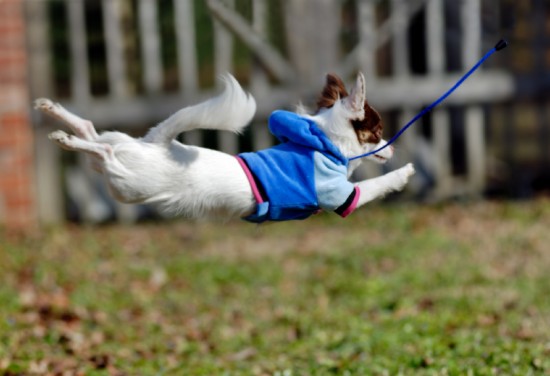 Dancing With Your Dog - Heelwork To Music
Dancing With Your
Dancing With Your Dog - Heelwork To Music
Dancing With Your
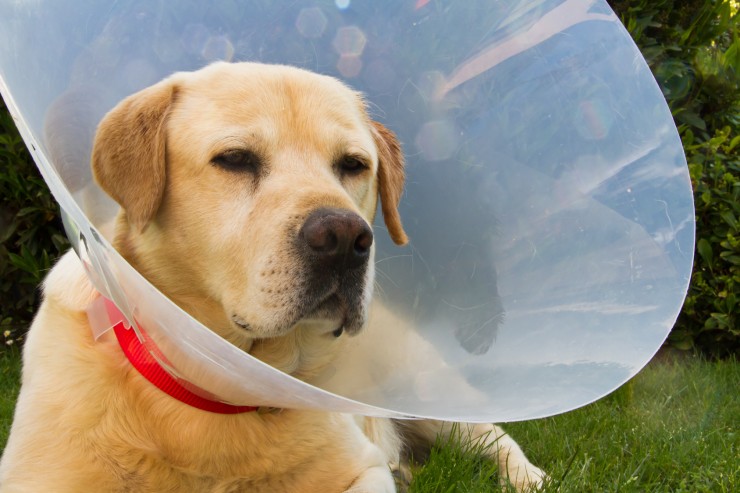 Dogs And Elizabethan Collars Versus The Alternatives
Dogs And Elizabet
Dogs And Elizabethan Collars Versus The Alternatives
Dogs And Elizabet
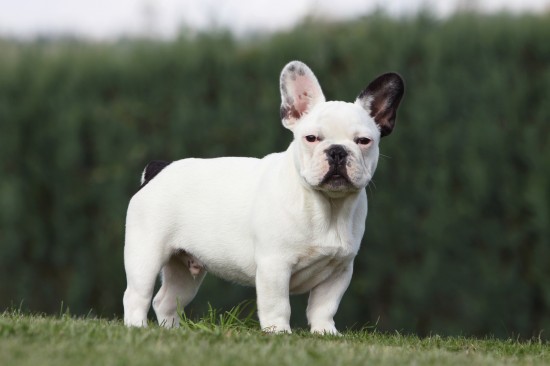 Stud Dog Contracts And What They Should Contain
Stud Dog Contract
Stud Dog Contracts And What They Should Contain
Stud Dog Contract
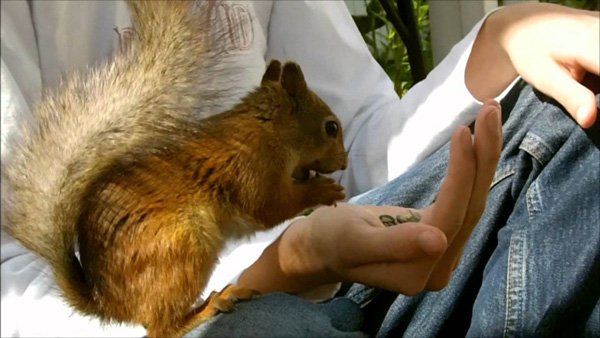 Looking for Custom Leather Dog Collars
Looking for Custom Leather Dog Collars
Are you
Looking for Custom Leather Dog Collars
Looking for Custom Leather Dog Collars
Are you
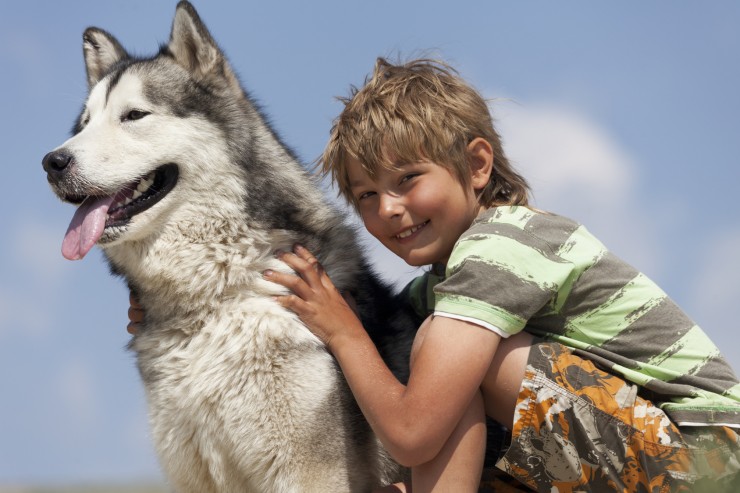 How To Deal With Your Children’s Reactions If Your Dog Goes Missing
How To Deal With
How To Deal With Your Children’s Reactions If Your Dog Goes Missing
How To Deal With
Copyright © 2005-2016 Pet Information All Rights Reserved
Contact us: www162date@outlook.com